
We use cookies to help you navigate efficiently and perform certain functions. You will find detailed information about all cookies under each consent category below.
The cookies that are categorized as "Necessary" are stored on your browser as they are essential for enabling the basic functionalities of the site. ...
Necessary cookies are required to enable the basic features of this site, such as providing secure log-in or adjusting your consent preferences. These cookies do not store any personally identifiable data.
Functional cookies help perform certain functionalities like sharing the content of the website on social media platforms, collecting feedback, and other third-party features.
Analytical cookies are used to understand how visitors interact with the website. These cookies help provide information on metrics such as the number of visitors, bounce rate, traffic source, etc.
Performance cookies are used to understand and analyze the key performance indexes of the website which helps in delivering a better user experience for the visitors.
Advertisement cookies are used to provide visitors with customized advertisements based on the pages you visited previously and to analyze the effectiveness of the ad campaigns.

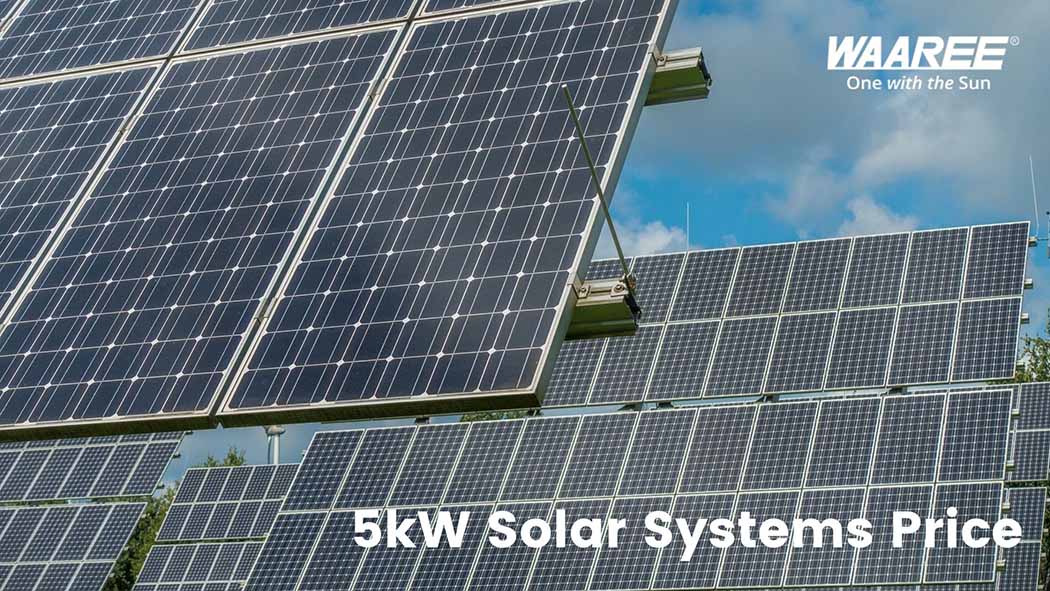

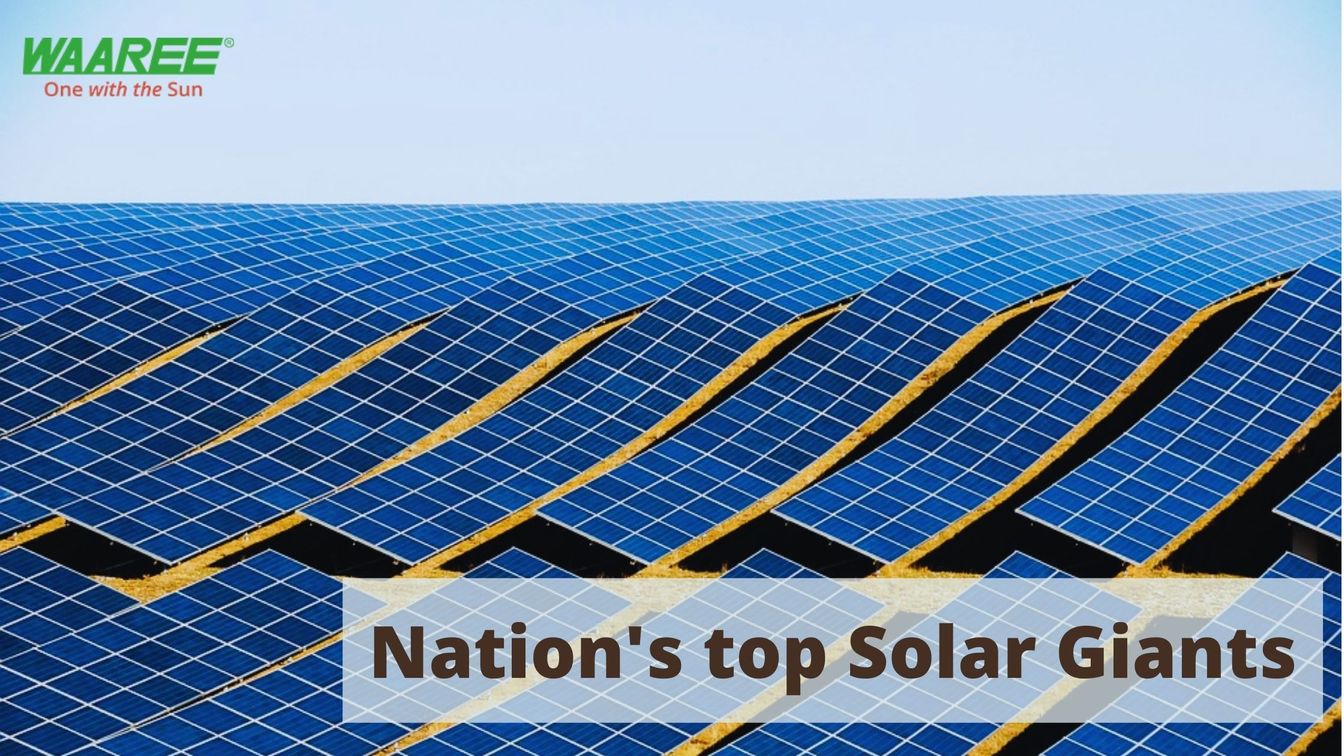

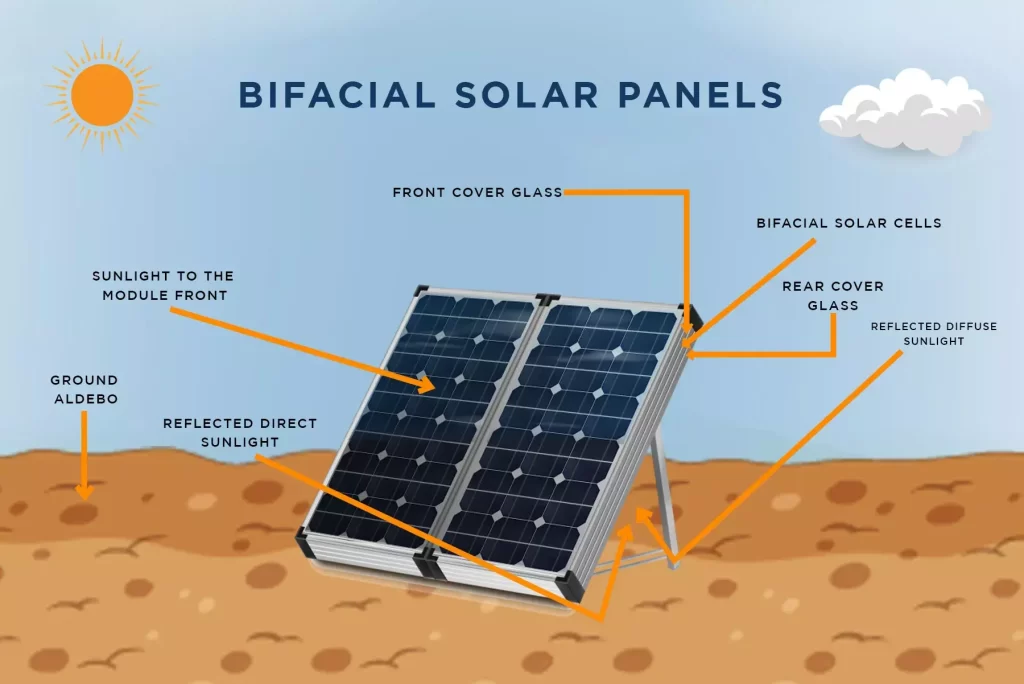
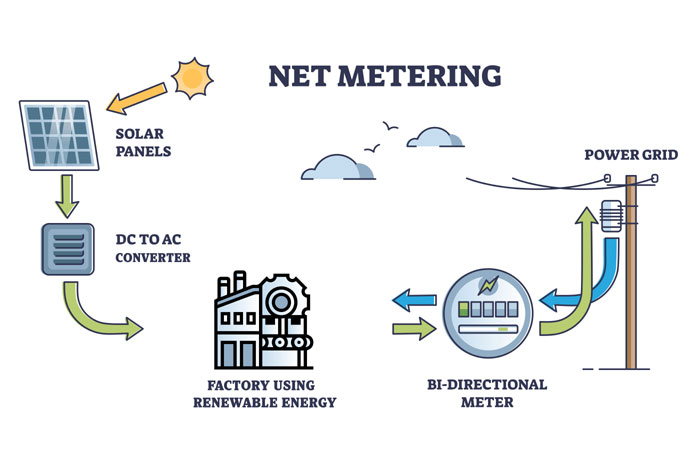
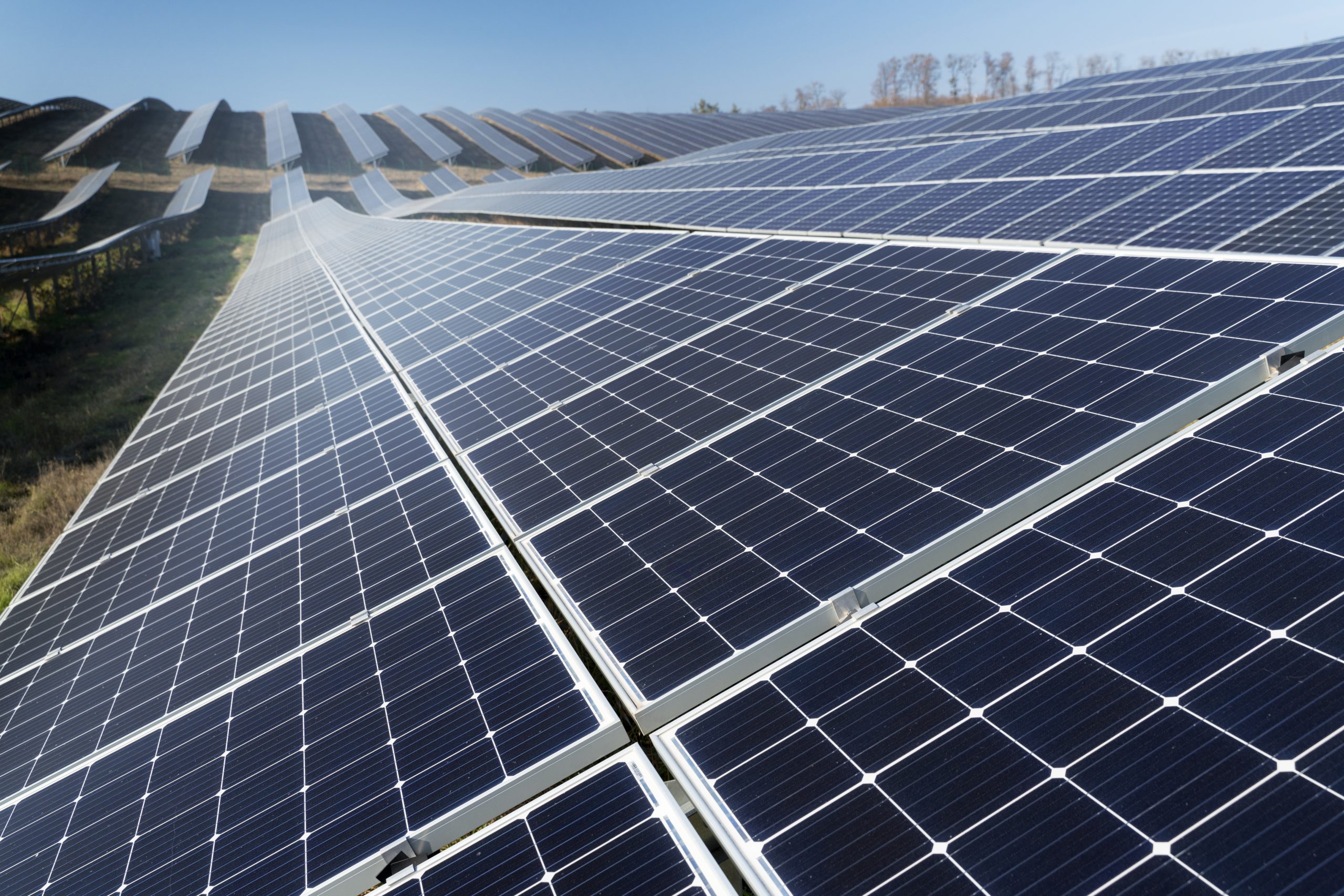
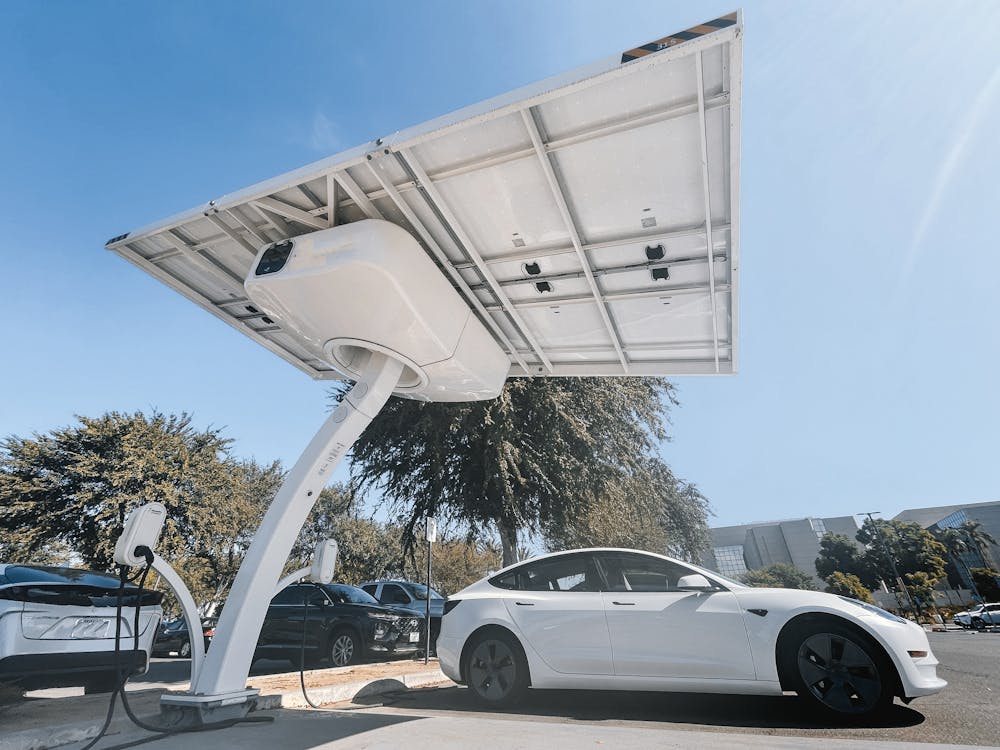
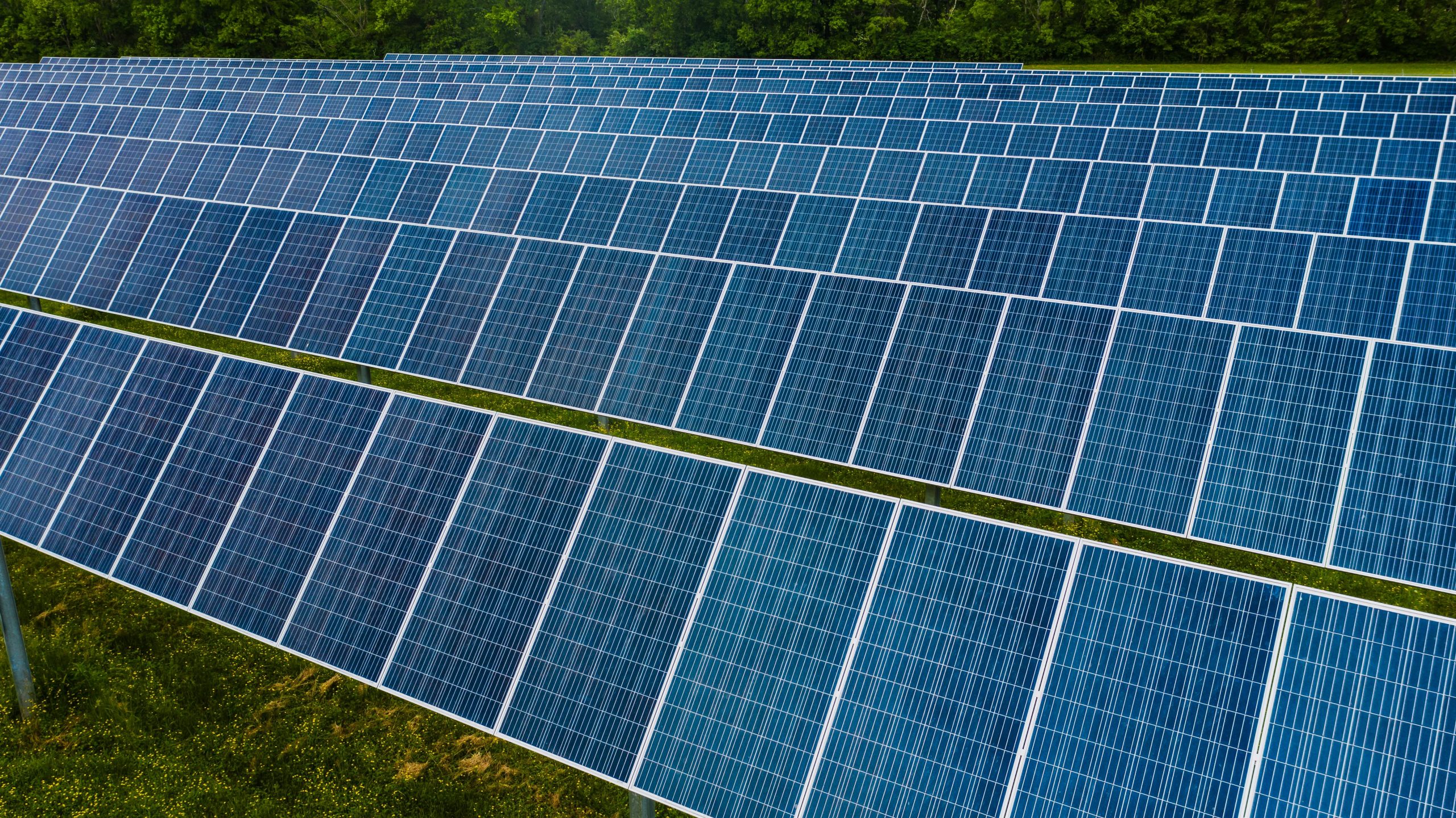
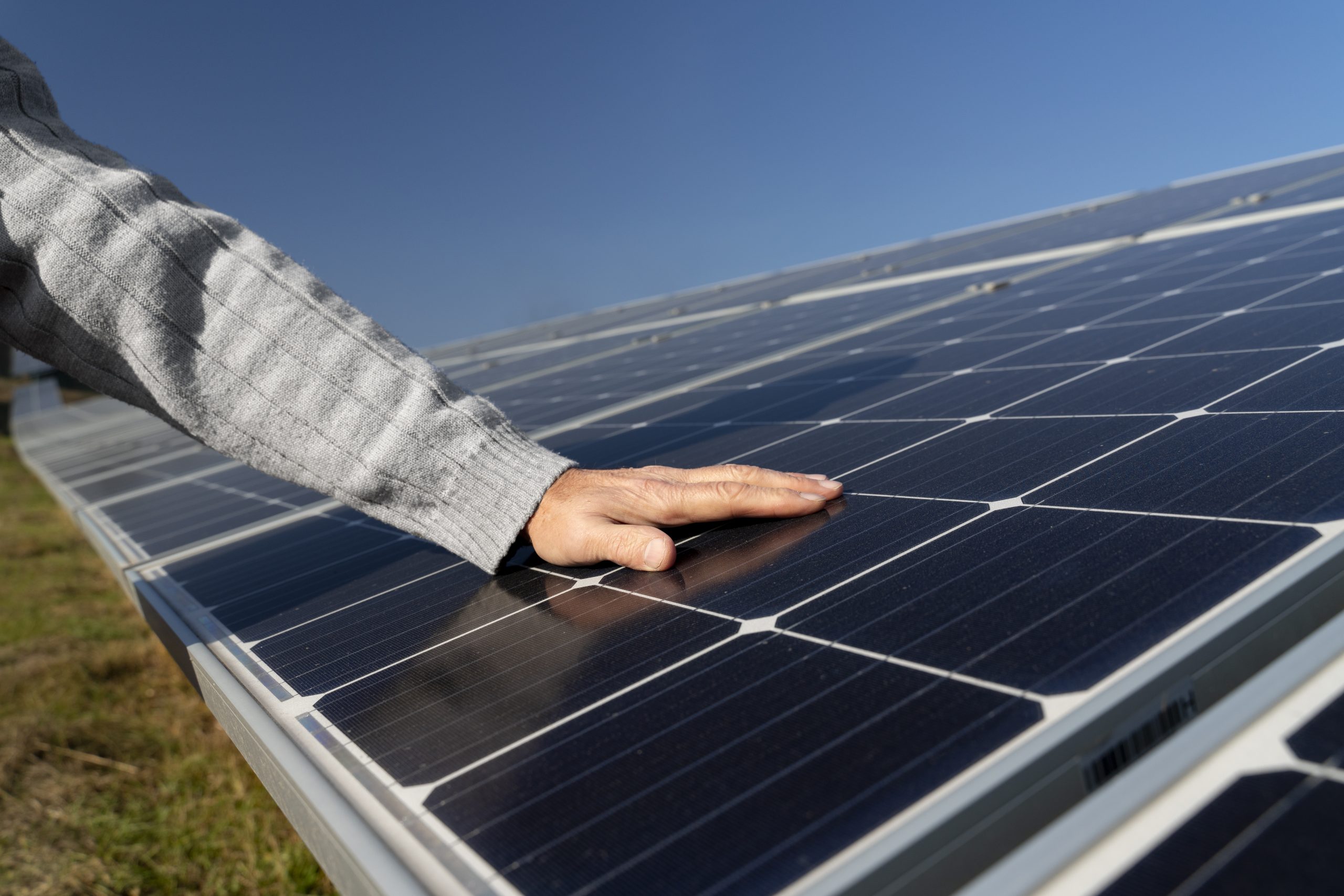

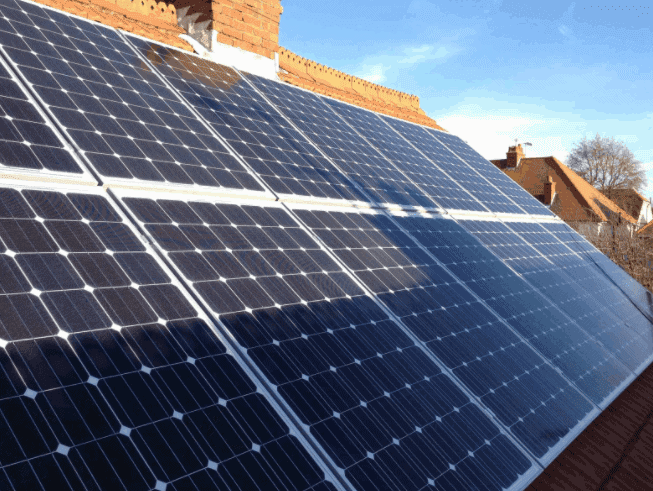

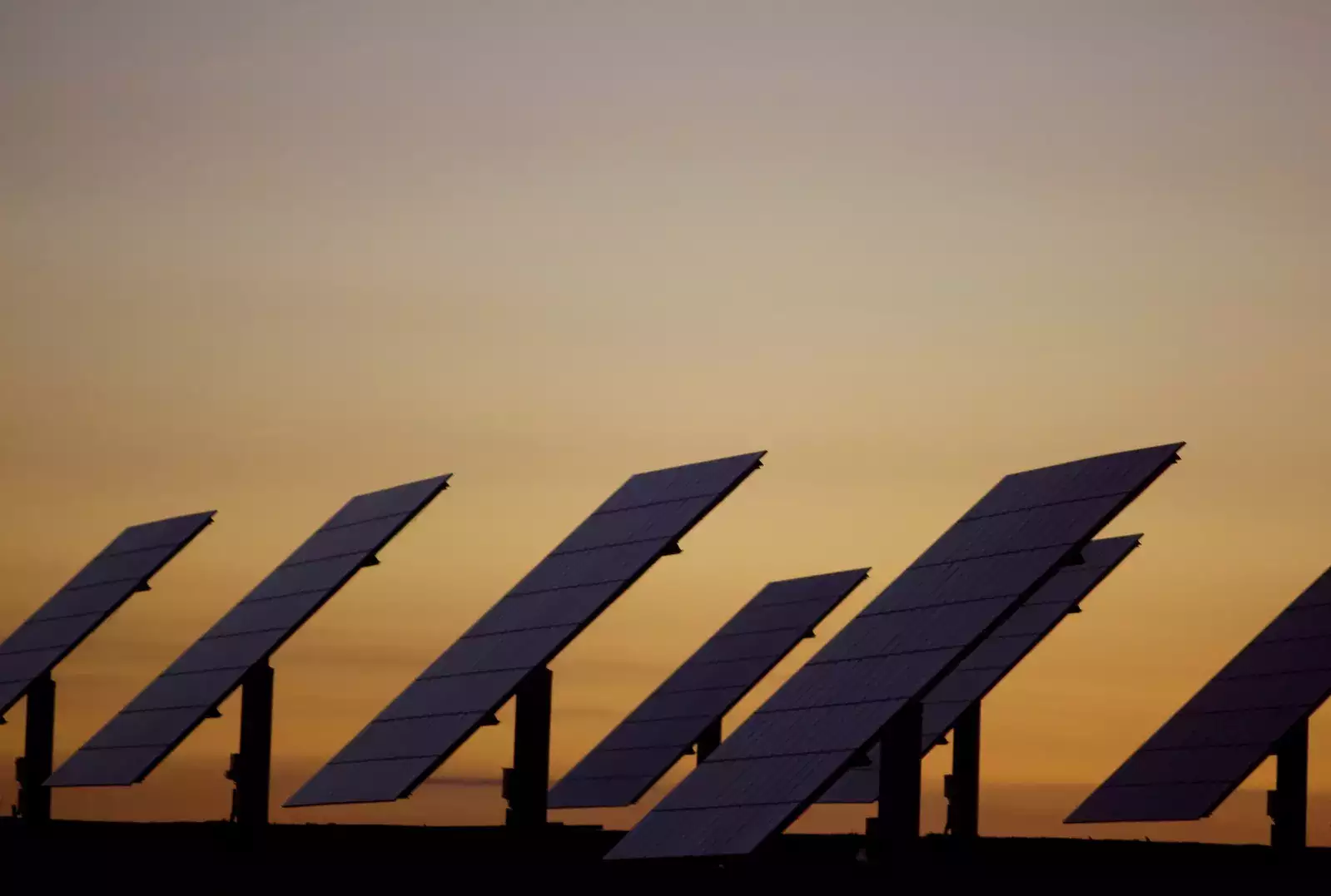



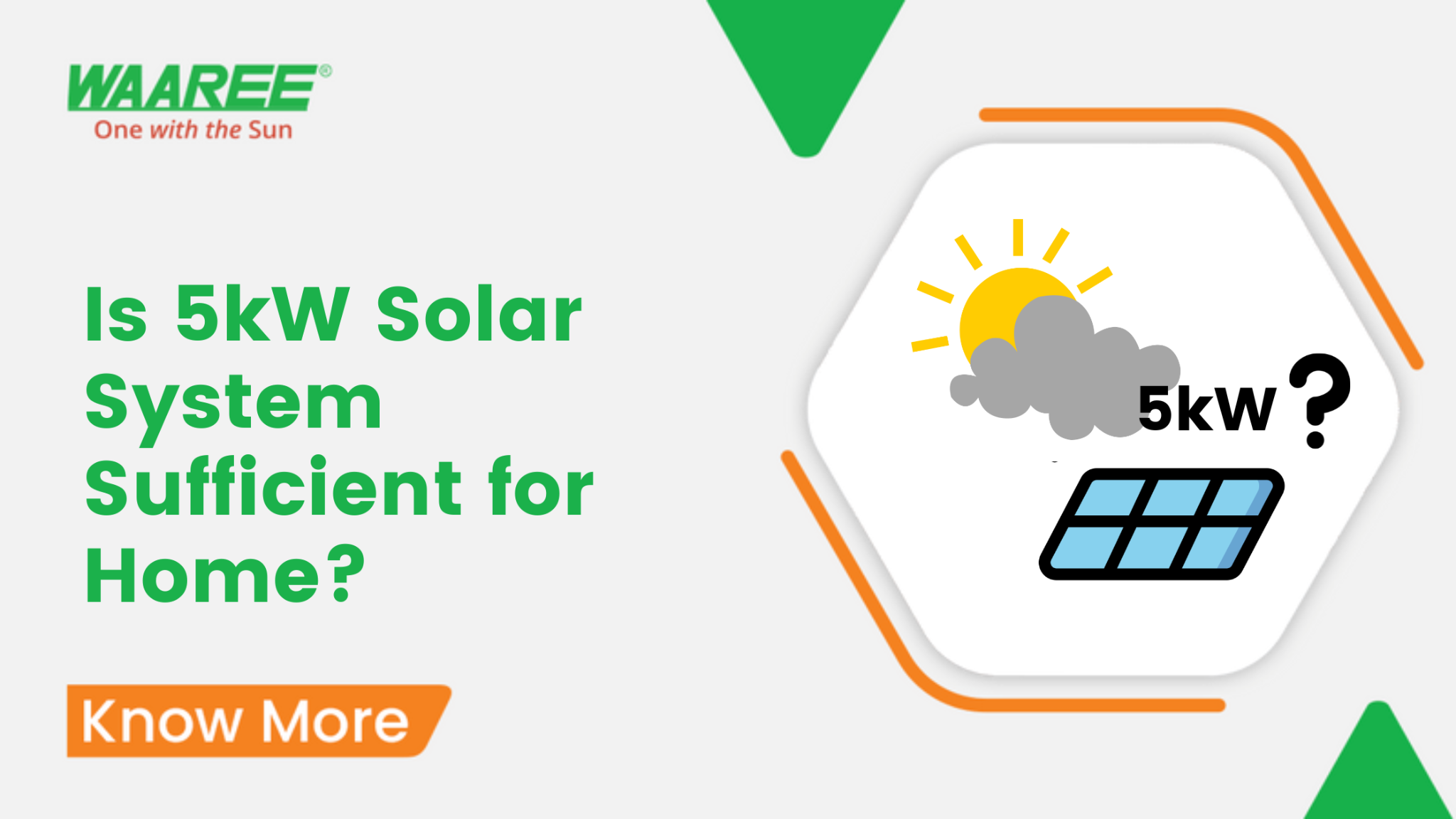

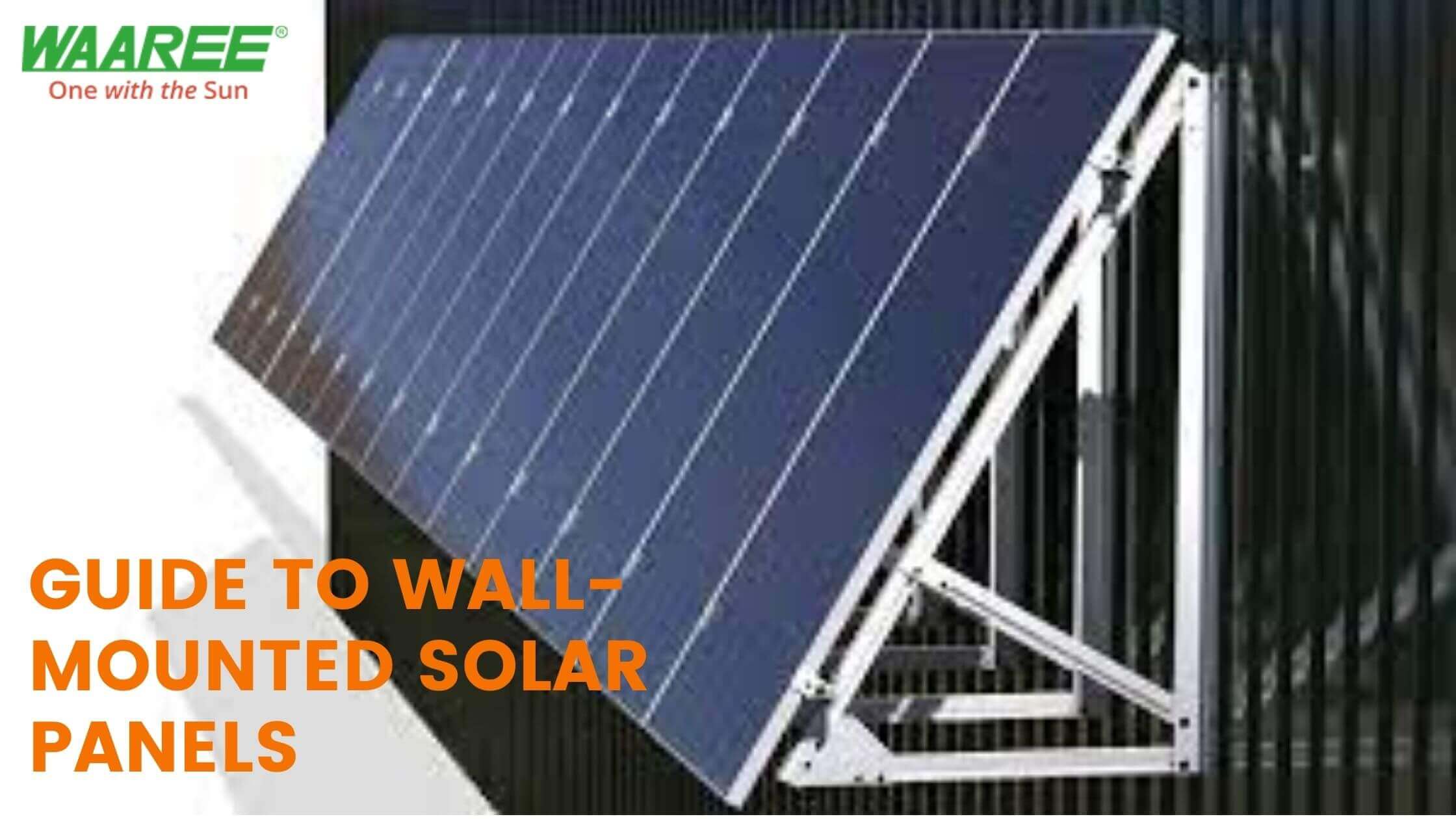
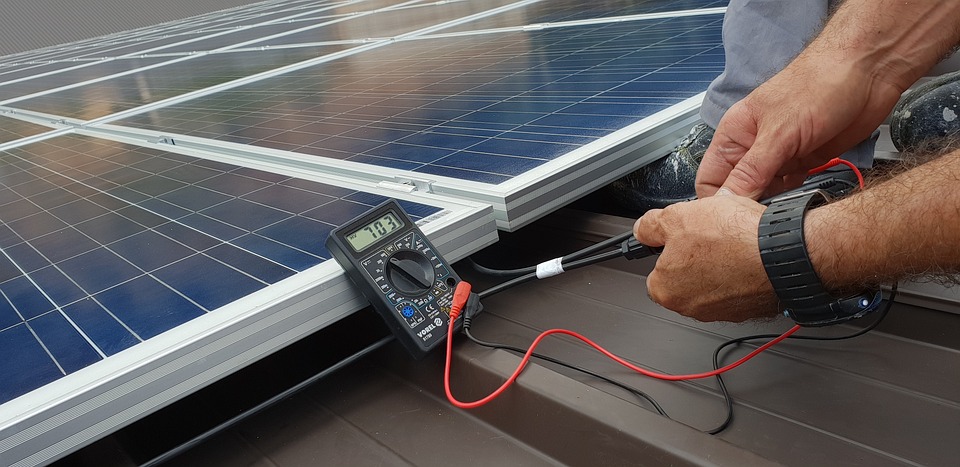

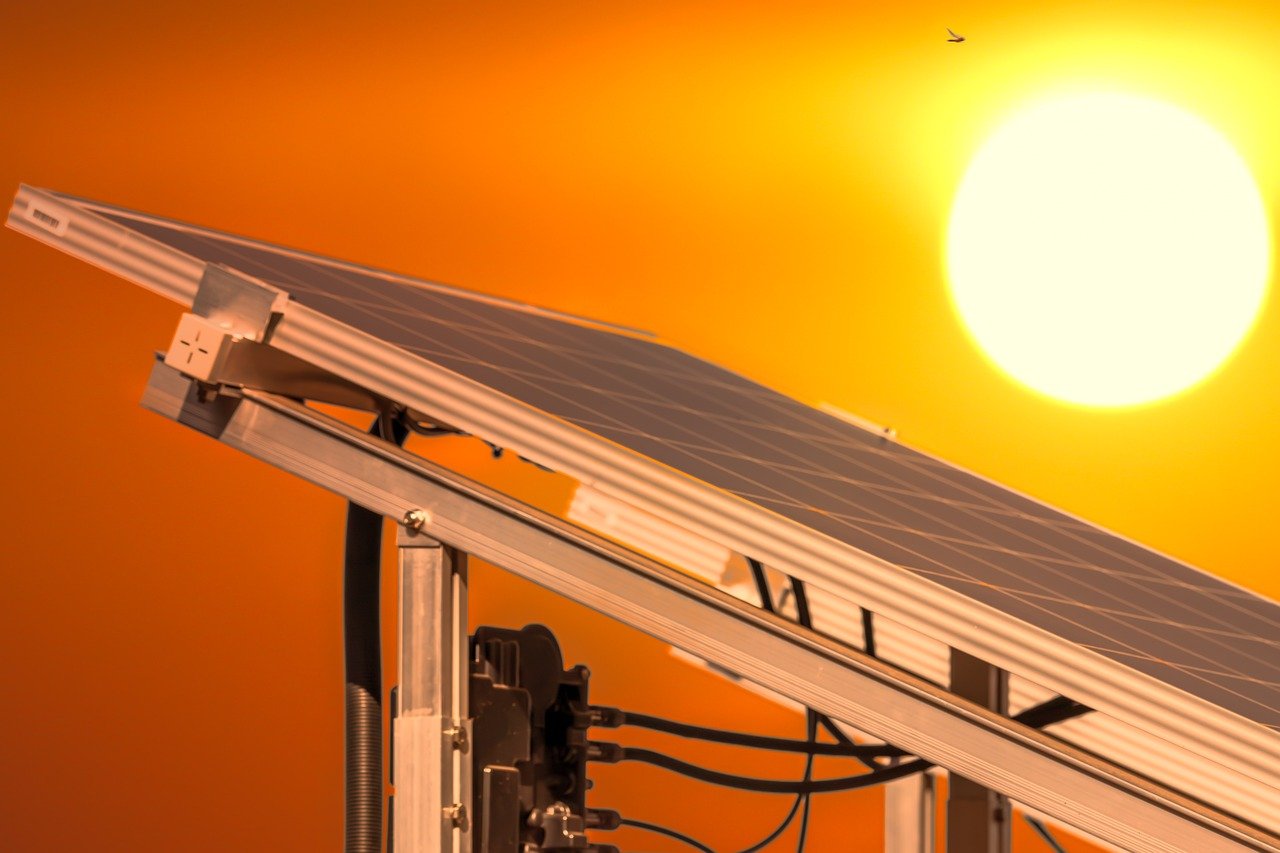

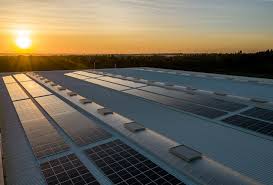
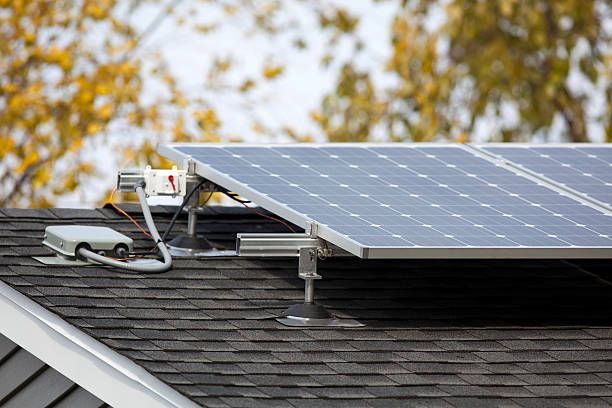
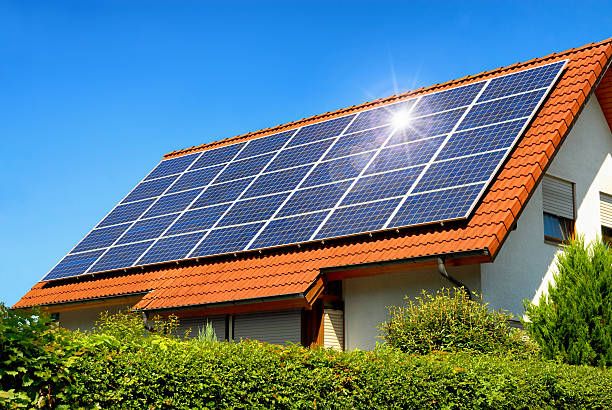
Every time one hears of solar energy, they visualize a rectangular navy blue-black panel stretched across the roof. We all know that these panels are responsible for converting solar energy to electricity. However, as easy as it sounds, the science of solar panels is much more complex.
The conversion of sunlight to consumable, domestic electricity is a complex and multi-layered process. However, the whole complexity of the process may be narrowed down to the principle of the photovoltaic effect. It refers to the tendency of certain materials to emit electrons when sufficient energy is provided to their atoms.
To understand the science of solar power generation, we need to understand the engineering and working of solar panels.
This flowing current enters the wires through the metal plates as regular electricity.
The current is however direct; it needs to be leveled up to a form consumable by appliances that work on alternating current. An inverter is attached to the setup which changes DC to AC, making it accessible to be used for domestic chores.
Once the current is converted from DC to AC, it is transported to a breaker box. It is also known as the electrical panel and serves as the outsourcing station.
When electricity is generated from solar energy, there might be a possibility of surplus power. You may not use the total energy generated by your system. Solar power systems come with a facility of selling off this surplus electricity back to the power grid through a utility meter. You are paid according to tariffs set by the state authorities.
The utility meter measures the amount of electricity consumed by you over a period. When electricity is produced in excess, the meter runs backward and compensates you accordingly through a process of net metering.
In case you switch to a complete off-grid option, your system might draw power from the grid during non-sun periods. It rarely happens as your power system produces sufficient solar electricity to take care of your needs regardless of day or night.
This is a simplified version of the science of solar power. A lot of math and science goes into engineering an efficient PV system. It can help you save bucks in the long run, as you have a greener alternative to thermal electricity.
For more information on solar power and panels, contact Waaree Energies Limited, one of the top manufacturers of solar panels in India
Notifications